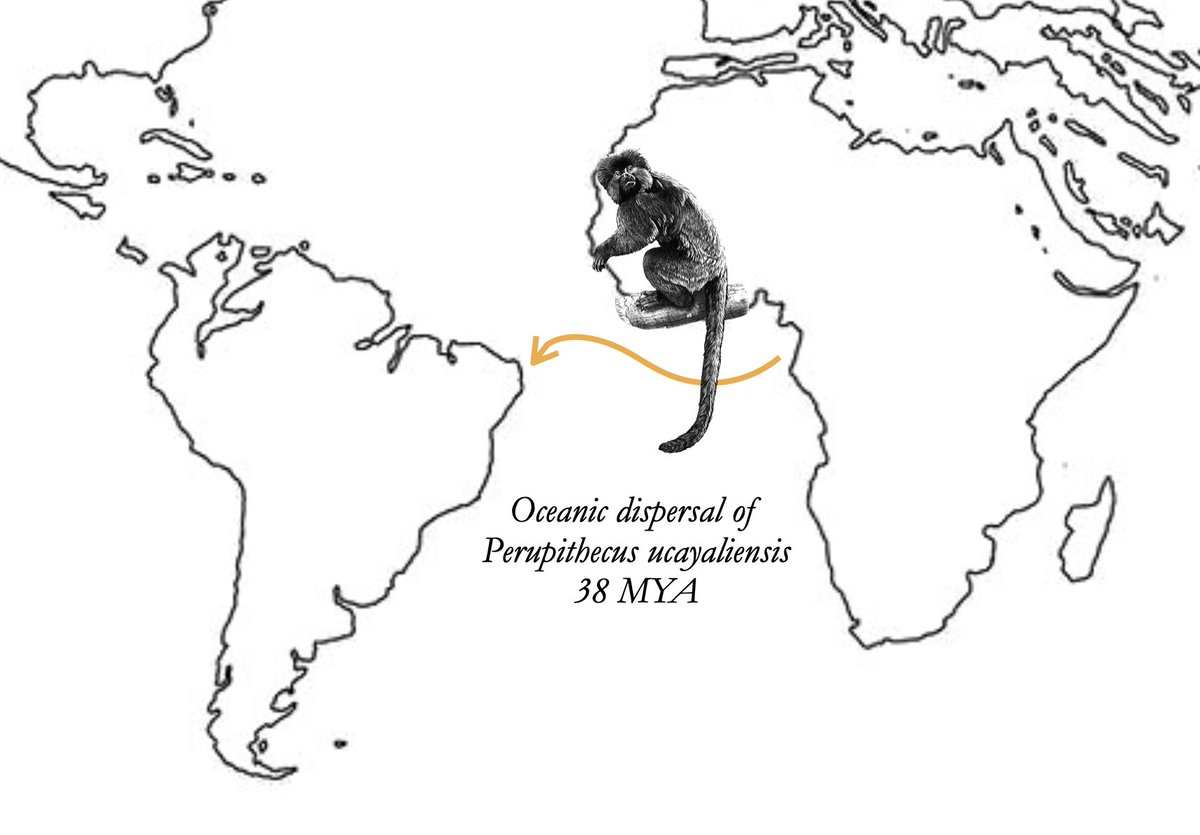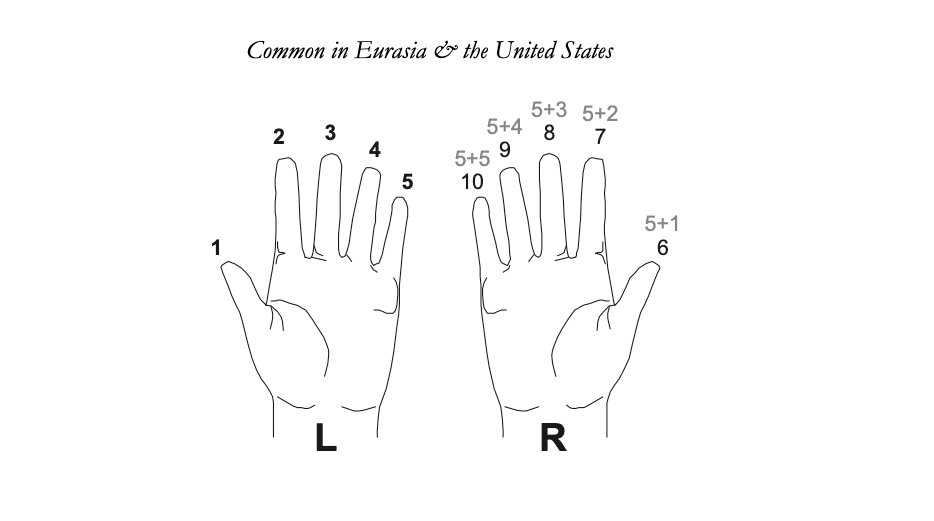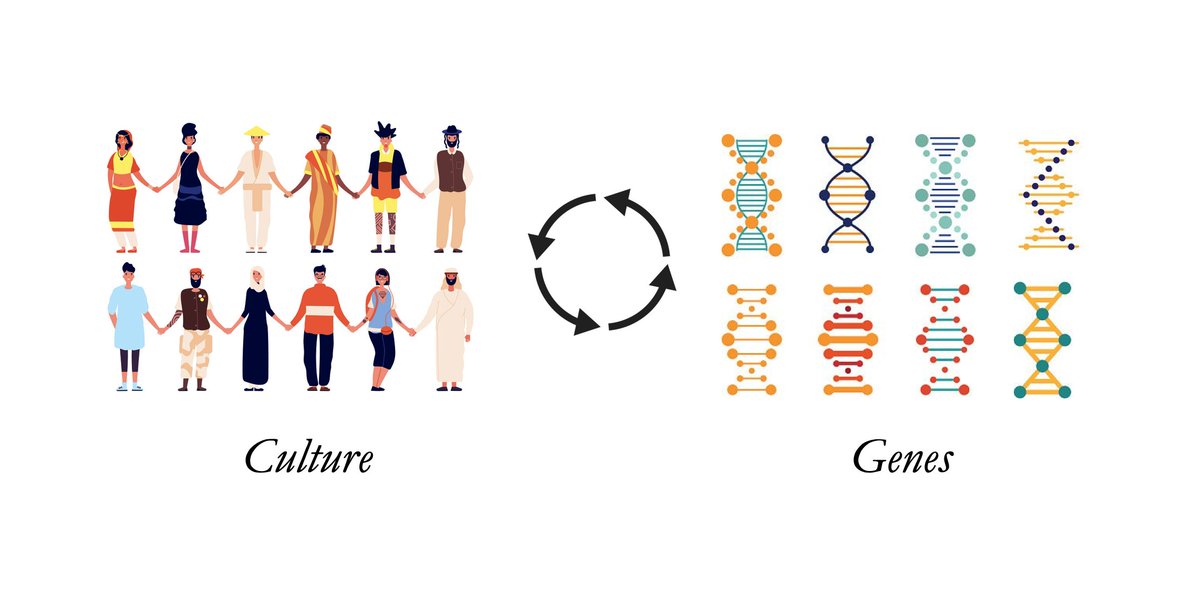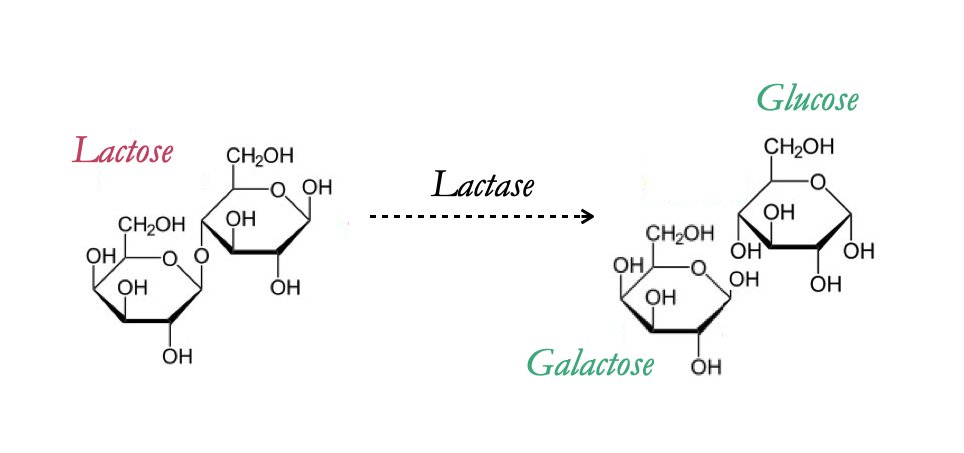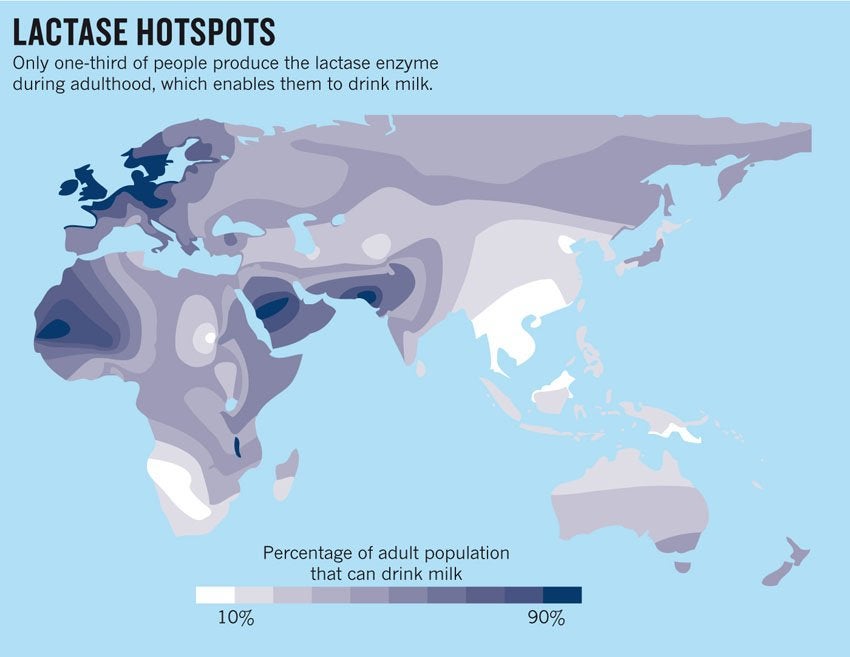
I didn't want to dignify this with a response but this thread is toxic — filled with inaccuracies, stereotypes, & the dumbest takes possible. I think almost every single point is wrong, actually, & extremely harmful.
Anthony, if you had any sense, you would delete this. 1/
Anthony, if you had any sense, you would delete this. 1/
https://twitter.com/dranthonygustin/status/1506996684756193280
First of all, the trope that hunter-gatherers are "wild humans" is flawed, harmful, & condescending, and the idea that they have "full genetic expression" is literally so stupid I don't even know where to start. They're.. expressing more genes than us? 2/
https://twitter.com/dranthonygustin/status/1506996687977398280?s=20&t=XimiWU3KjFZXwLTLnvDJ7w
That actually sounds to me like "we only use 10% of our brains". It's just nonsense. Genes are differentially expressed all the time, everywhere, and are constantly responding to input from the environment. This belies a massive misunderstanding of genetics. 3/
The Hadza don't eat plants? Just because you, Anthony, did not see this doesn't mean it doesn't happen. Here's data from @Berbesque (highlighted by @mnvrsngh) showing it's seasonal, and plants make up a tremendous amount of the diet. 4/ 
https://twitter.com/dranthonygustin/status/1506996703123050498

You refer to Westerners as "modern humans".. What does that make the Hadza? Also, seeing a handful of people walk for a few days is now enough to make prescriptive claims about fitness? Here's a better approach by @HermanPontzer pubmed.ncbi.nlm.nih.gov/22848382/
5/
5/
https://twitter.com/dranthonygustin/status/1506996762946404356?s=20&t=IH94jMVDmuUeeuHCDEglTw
So you went on a tour & your guides didn't open up to you about their stressors? Must mean they're "extremely happy" all the time. Indigenous populations are often highly marginalized & precarious; stop caricaturing what you don't understand. 6/
https://twitter.com/dranthonygustin/status/1506996805128495105?s=20&t=IH94jMVDmuUeeuHCDEglTw
What does "how to survive" mean? People invest in and develop skills that are pertinent to their environment. We have a different set of skills because we live in an environment that requires different skills. My job does not require me to build fires. 7/
https://twitter.com/dranthonygustin/status/1506996856185753601?s=20&t=IH94jMVDmuUeeuHCDEglTw
"No snacking"? Again, just 100% wrong. Tons of evidence that foragers are frequently snacking while on hunts. Purposefully depriving yourself of calories in order to "feast" later is not a common occurrence. 8/
https://twitter.com/dranthonygustin/status/1506996861680246787?s=20&t=IH94jMVDmuUeeuHCDEglTw
It's like you're trying to hit every single square in "Noble Savage Bingo". There is absolutely "trash" in nature, and being thrifty about meat because it's valuable & scarce does not mean there is "no waste in nature". 9/
https://twitter.com/dranthonygustin/status/1506996907444355076?s=20&t=IH94jMVDmuUeeuHCDEglTw
Maybe you should have followed their "no snacking" rule lol. 10/
https://twitter.com/dranthonygustin/status/1506996925081391115?s=20&t=IH94jMVDmuUeeuHCDEglTw
"They barely eat fiber [that afternoon]". Refer back to Tweet 4 to see how you're wrong, again. 11/
https://twitter.com/dranthonygustin/status/1506996944463282180?s=20&t=IH94jMVDmuUeeuHCDEglTw
Anthony, I never want to hear about this trip again. 12/12
https://twitter.com/dranthonygustin/status/1507045139574931458?s=20&t=IH94jMVDmuUeeuHCDEglTw
Additional reading:
(1) On foragers not working much & the "original affluent society": scholar.harvard.edu/files/rbhui/fi…
(2) On the "Ecologically Noble Savage": annualreviews.org/doi/full/10.11…
(3) On foragers as models in public health: escholarship.org/content/qt1m87…
(1) On foragers not working much & the "original affluent society": scholar.harvard.edu/files/rbhui/fi…
(2) On the "Ecologically Noble Savage": annualreviews.org/doi/full/10.11…
(3) On foragers as models in public health: escholarship.org/content/qt1m87…
(4) On the diversity & variety of hunter-gatherers' experiences: cambridge.org/core/books/lif…
(5) On total daily expenditure & physical activity across human societies: hal.archives-ouvertes.fr/hal-03364046/d…
(5) On total daily expenditure & physical activity across human societies: hal.archives-ouvertes.fr/hal-03364046/d…
(6) On ethical considerations when conducting & communicating about cross-cultural research: royalsocietypublishing.org/doi/full/10.10…
(7) On common myths about hunter-gatherers: jstor.org/stable/pdf/377…
(7) On common myths about hunter-gatherers: jstor.org/stable/pdf/377…
• • •
Missing some Tweet in this thread? You can try to
force a refresh




